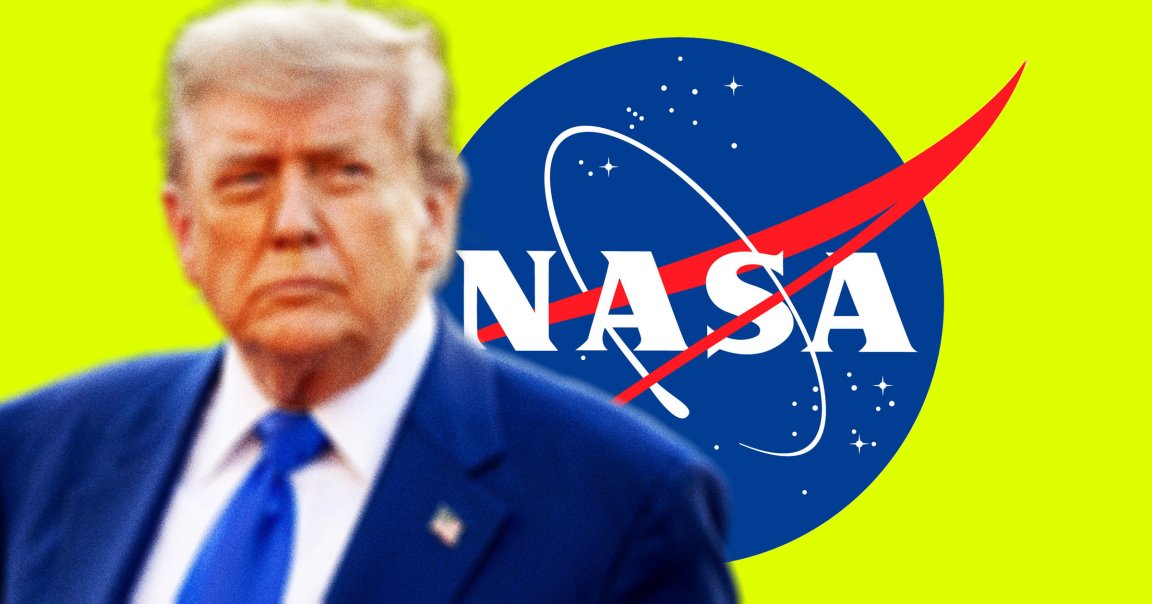
Despite president Donald Trump’s plans to phase out Boeing’s mega-expensive Space Launch System rocket for NASA, the agency is currently trundling ahead with the original plan.
As Ars Technica reports, NASA and Northup Grumman tested an experimental hydrogen-based propulsion engine this week that’s slated to launch the world’s first crewed trip to the Moon as part of the agency’s long-awaited Artemis mission.
Unfortunately, this week’s SLS engine test — the second such test launch in a week — experienced an anomaly during its firing at a facility in Utah. As video of the incident shows, a plume of debris rained down after the rocket’s exhaust nozzle shattered.

Along with the test failure, other outstanding circumstances are threatening the mission, too.
The hydrogen engine from that test isn’t supposed to be used until the fifth flight of the SLS — something that won’t happen if the Trump Administration gets its way and kiboshes the SLS after just three launches so it can pursue cheaper options. A new bill in Congress aims to push it to at least five — but that’s going to be a pretty expensive endeavor.
While the current government initially wanted to cancel the SLS so that Elon Musk’s SpaceX rockets can take its place, there’s good reason for concern about how expensive the rocket has become. In the many years it’s taken to bring the SLS to fruition, NASA has spent at least $23 billion worth of taxpayer dollars on building it — and as Ars notes, future missions will cost $4.2 billion per launch, too.
With so much uncertainty surrounding the Artemis mission, NASA appears to be powering on with the SLS tests. We can’t say how far the mission will go — but either the rocket’s going to have a longer life than we thought, or this is all an expensive, bureaucratic mess.
More on NASA: NASA Is in Full Meltdown